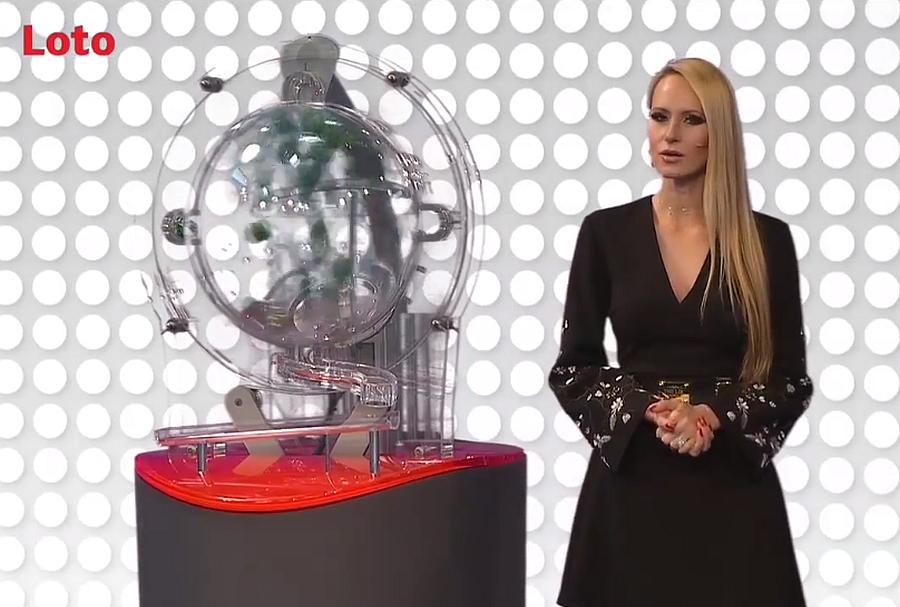
The beginnings of Lotto date back to 1962, when the game was first organized by the Yugoslav Lottery. The draws took place in Belgrade under the auspices of Yugoslav Radio and Television (JRT), which distributed recordings of the draw to all of Yugoslavia’s republics and provinces. In Slovenia, the draw was then translated and rebroadcast. In addition to the Slovenian version, an Italian version was aired by TV Koper.
At first, the players had to predict six numbers from a group of numbers between one and 49. Two years later, ten numbers were taken out, leaving 39 possible numbers. The following year, the playfield matrix changed to 5/36. Finally, in 1985, a 7/39 matrix was adopted, and it remains in use today.
The main prize is given to the correct prediction of all seven drawn numbers (out of 39 possible numbers). Lotto enables players to bet on 15 million different combinations. The probability of winning the main prize – the so-called “Seven” – is 1:15,380,937.
Five million euros is the highest possible prize
On Wednesday, June 8, 2016, the highest possible “Seven” was drawn for the first time in Slovenian history. It was worth five million euros. The winning ticket of 2, 3, 13, 17, 19, 24, and 37, with an additional number of 25, was bought in Koper. Until then, the record Lotto win was 4.9 million euros. That ticket was purchased in Maribor.

































































